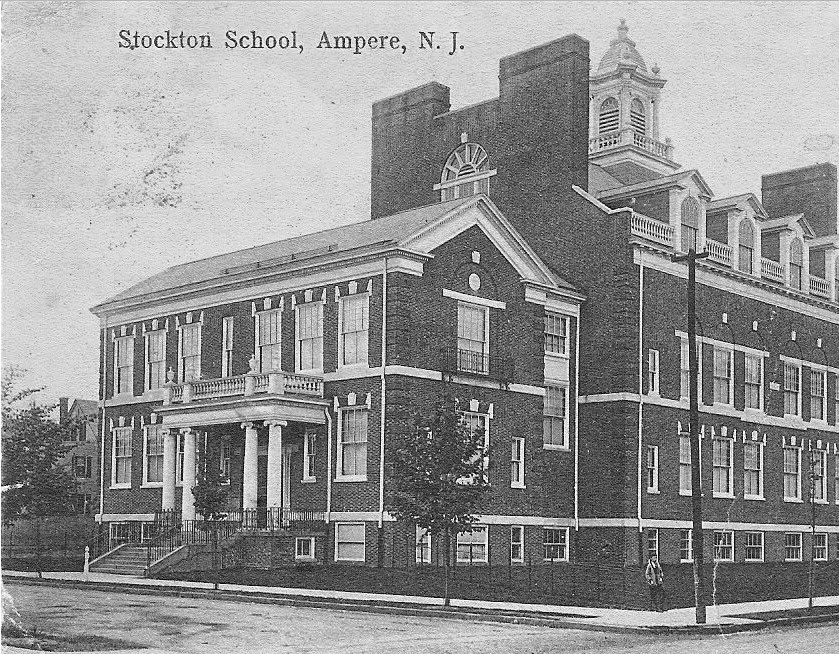Map above: 1875
Map above: 1878; East Orange population 1880: 8300 In 1878 most of the area that would become the Stockton neighborhood was still low lying, undrained farmland including dairy farms owned by families that had been in the area for over a hundred years, Mitchell, Peck, Hedden, and Munn, for example. The majority of the houses and other buildings were on the few pieces of high ground in the area especially on Main Street and Grove Street which were on the ridges that had been trails through the area for hundreds, if not thousands, of years.
Bottom map: 1890; East Orange population 1890: 13300 By 1890, the landowners had realized their land was more valuable as housing developments and they were able to drain the land, lay out streets, and sell building lots. William, Greenwood, Maple Ave. and New finally became through streets, but Vernon Terrace (shown as N. 22nd St on an 1895 map) and Stockton Place (shown as N. 21st St on an 1895 map) don't appear yet. The pattern of development of the area during the 1890's could lead us to conclude that, if the Orange Athletic Club hadn't leased and improved the Peck property as an athletic field in 1887 and into the 1890's, acting as a placeholder, the Peck property probably would have been developed as just one more housing area and East Orange would not have had a property to turn into a six acre playground in 1907.




No comments:
Post a Comment